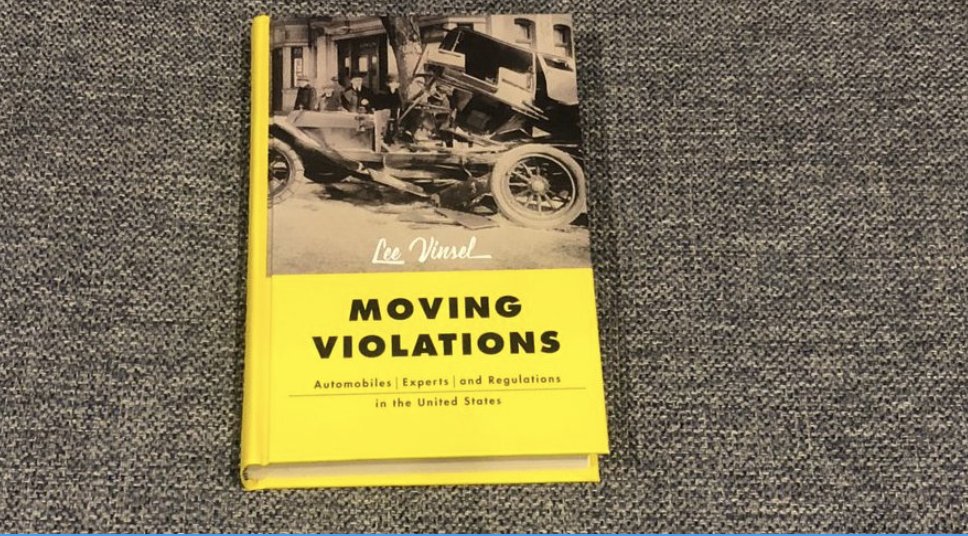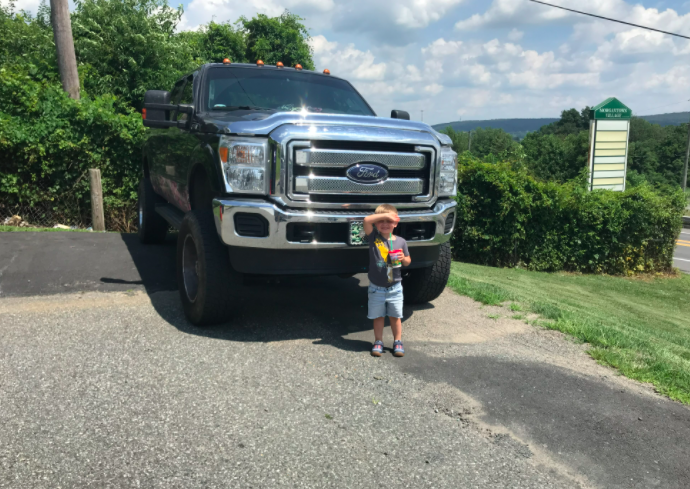
Economists and urban planners have known for decades that highway expansions can't solve traffic congestion.
Why, then, do so many states keep widening their roads?
A 🧵 about my deep dive in @CityLab
bloomberg.com/news/features/…
Why, then, do so many states keep widening their roads?
A 🧵 about my deep dive in @CityLab
bloomberg.com/news/features/…
Economist Anthony Downs gets credit for the idea of induced demand, but its roots go back *much* further than his 1962 article.
In 1927, engineer Arthur S. Tuttle warned that new urban roads “would be filled immediately by traffic which is now repressed because of congestion.”
In 1927, engineer Arthur S. Tuttle warned that new urban roads “would be filled immediately by traffic which is now repressed because of congestion.”

In the 1920s and 1930s city officials worried about wooing suburbanites to shop and work, so they shrunk their sidewalks and ripped up public space to accommodate more cars.
It was a disaster. Congestion only grew.
stltoday.com/news/archives/…
It was a disaster. Congestion only grew.
stltoday.com/news/archives/…

Even city officials who saw the futility of road expansion were stuck, because state gas tax revenues could often only be spent on roads (not transit).
It was new highways and wider streets—or nothing.
From Christopher Wells' book Car Country ⬇️
It was new highways and wider streets—or nothing.
From Christopher Wells' book Car Country ⬇️

By the 1950s, a growing chorus of critics saw that urban highway expansions were pointless.
Lewis Mumford compared road widening to a man treating obesity by loosening his belt: “This does nothing to curb the greedy appetites that have caused the fat to accumulate.”
Lewis Mumford compared road widening to a man treating obesity by loosening his belt: “This does nothing to curb the greedy appetites that have caused the fat to accumulate.”

But power lay with highway officials, not with Mumford's audience.
History professor Mark Rose: “These guys dealt with traffic. Their primary constituencies were construction companies and road engineers.”
Minneapolis in 1953 and 2014, from
vox.com/2014/12/29/746…
History professor Mark Rose: “These guys dealt with traffic. Their primary constituencies were construction companies and road engineers.”
Minneapolis in 1953 and 2014, from
vox.com/2014/12/29/746…

Today, many states still earmark gas tax revenue for roads. That leads state DOTs to favor highway expansions that induce more driving, growing the DOT's budget.
Transit or congestion pricing won't do that.
taxfoundation.org/states-road-fu…
Transit or congestion pricing won't do that.
taxfoundation.org/states-road-fu…
State agencies like TxDOT regularly exaggerate the benefits of highway widening – like the $7B expansion of Houston’s Katy Freeway to 26 lanes, which failed to reduce congestion.
The feds don't penalize states for getting forecasts so badly wrong.
chron.com/news/houston-t…
The feds don't penalize states for getting forecasts so badly wrong.
chron.com/news/houston-t…
Meanwhile, construction and auto industries are happy to keep the public confused about induced demand (which can seem counterintuitive).
Here’s Elon Musk two years ago.
Here’s Elon Musk two years ago.
https://twitter.com/elonmusk/status/1211076829395738626
Some states, like California and Nevada, are starting to make real progress.
But plenty of others aren’t. Here’s a particularly ill-conceived project outside of Charleston, SC.
washingtonpost.com/climate-enviro…
But plenty of others aren’t. Here’s a particularly ill-conceived project outside of Charleston, SC.
washingtonpost.com/climate-enviro…
And a potentially disastrous one in Austin, which locals are fighting furiously.
statesman.com/story/news/202…
statesman.com/story/news/202…
What would it take for these states to acknowledge the futility of urban highway expansions?
The feds could help, by making VMT reduction (and accurate congestion forecasts) key evaluation metrics.
Halting TxDOT's I-45 expansion was an encouraging step.
houstonpublicmedia.org/articles/news/…
The feds could help, by making VMT reduction (and accurate congestion forecasts) key evaluation metrics.
Halting TxDOT's I-45 expansion was an encouraging step.
houstonpublicmedia.org/articles/news/…
But until they're forced to, don’t expect agencies like TxDOT to acknowledge the futility of urban highway expansions.
They aren’t ignorant—they just prefer to maintain the wasteful, inequitable, and polluting status quo.
bloomberg.com/news/features/…
They aren’t ignorant—they just prefer to maintain the wasteful, inequitable, and polluting status quo.
bloomberg.com/news/features/…
BTW, to dig deeper into TxDOT's penchant for highway widening, I cannot recommend this article by @megankimble highly enough. It's a masterpiece.
(TxDOT invited me to submit questions via email, but they never responded to those I sent.)
texasobserver.org/the-road-home/
(TxDOT invited me to submit questions via email, but they never responded to those I sent.)
texasobserver.org/the-road-home/
• • •
Missing some Tweet in this thread? You can try to
force a refresh
















